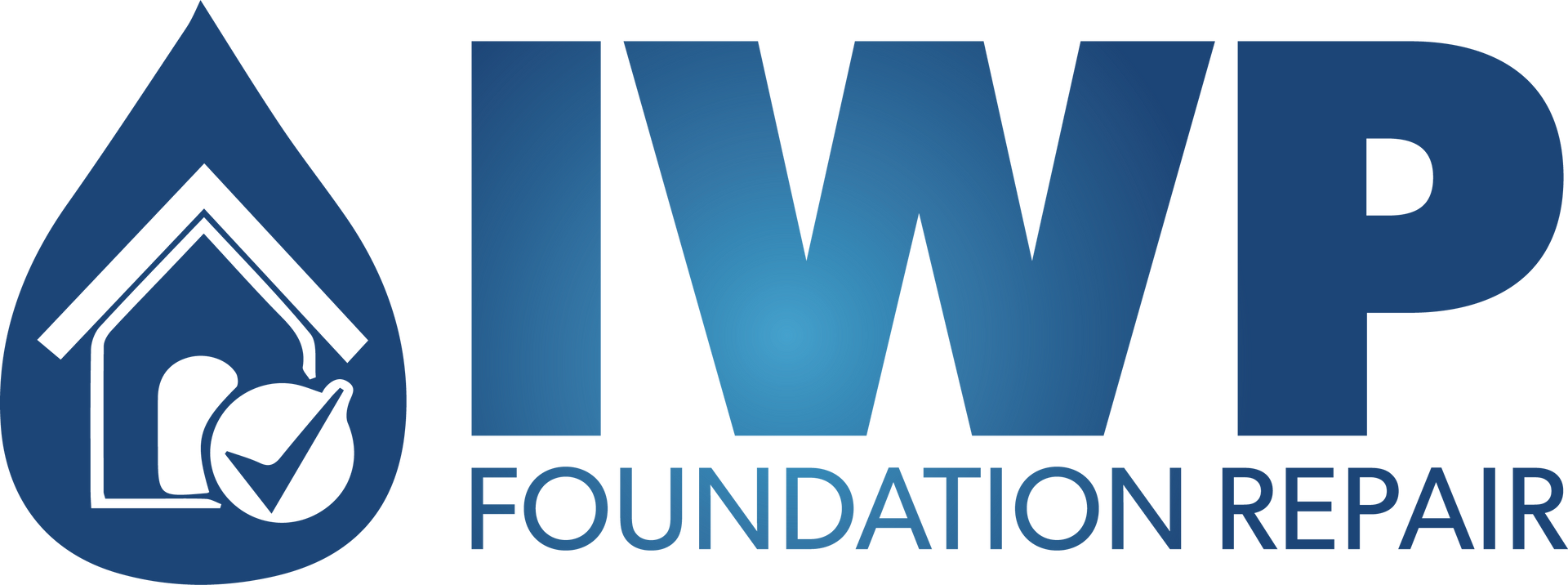Spring Showers: The Importance of Waterproofing Your Home
As spring approaches, so does the promise of blooming flowers, warmer weather, and unfortunately, plenty of rain. While the spring season brings a welcome change from the cold of winter, it also brings its own set of challenges, particularly when it comes to protecting your home from water damage. Waterproofing your home is a crucial step in ensuring that it remains safe, dry, and structurally sound, especially during the wetter months of the year. In this blog post, we'll explore the importance of waterproofing in the spring, the areas of your home that are more vulnerable to water damage, and some effective waterproofing solutions to keep your home protected.

The Impact of Spring Showers:
Spring showers may bring May flowers, but they also bring the risk of water damage to your home. Heavy rainfall, melting snow, and rising groundwater levels can all contribute to excess moisture seeping into your home's foundation, walls, and basement. This moisture can lead to a host of problems, including mold and mildew growth, rotting wood, foundation cracks, and even structural damage. Left unchecked, water damage can compromise the integrity of your home and result in costly repairs down the line.
Areas Vulnerable to Water Damage
Several areas of your home are particularly susceptible to water damage during the spring months. These include:
Basements: Basements are often the lowest point in a home and can be prone to flooding, especially if they are not properly waterproofed. Cracks in the foundation, poor drainage systems, and insufficient insulation can all contribute to water seepage and moisture buildup in the basement.
Roofs: Spring showers can put a strain on your roof, especially if it has any existing leaks or damage. Missing shingles, damaged flashing, and clogged gutters can all allow water to penetrate your roof and cause water damage to your home's interior.
Windows and Doors: Improperly sealed windows and doors can allow water to infiltrate your home, leading to water strains, mold growth, and damage to surrounding walls and trim.
Exterior Walls: Cracks in your home's exterior walls or gaps around pipes and utility lines can provide entry points for water, leading to moisture buildup and structural damage over time.
Effective Waterproofing Solutions:
Fortunately, there are several effective waterproofing solutions available to help protect your home from water damage in the spring and throughout the year. These include:
Exterior Waterproofing: Exterior waterproofing involves applying a waterproof membrane or coating to the exterior foundation walls of your home to prevent water from penetrating the foundation. This can help to keep your basement dry and prevent water damage to your home's foundation.
Interior Waterproofing: Interior waterproofing involves installing a drainage system, such as a sump pump or French drain, inside your basement to help remove excess water and prevent flooding. Interior waterproofing can also involve sealing cracks in the basement walls and floor to prevent water seepage.
Roof Maintenance: Regular roof maintenance, including inspecting for damaged shingles, repairing leaks, and cleaning gutters, can help to prevent water damage to your home's interior.
Window and Door Sealing: Ensuring that windows and doors are properly sealed with weatherstripping or caulking can help to prevent water infiltration and protect your home from water damage.
Landscaping: Proper landscaping can also help to prevent water damage to your home. Ensure that the ground slopes away from your home's foundation to prevent water from pooling around the foundation walls.
Other Essential Spring Home Improvement Projects:
Exterior Painting: Give your home a fresh coat of paint to boost curb appeal and protect it from the elements. Choose high-quality exterior paint that offers durability and weather resistance for long-lasting results.
Landscaping: Spring is the perfect time to spruce up your outdoor space. Plant colorful flowers, trim overgrown shrubs, and mulch garden beds to enhance your home's aesthetic appeal. Proper landscaping can also improve drainage and prevent water from pooling around your foundation.
Deck Maintenance: Extend the lifespan of your deck by performing routine maintenance tasks such as cleaning, sanding, and resealing. Address any signs of rot or deterioration promptly to prevent accidents and ensure the safety of your outdoor living space.
Energy Efficiency Upgrades: Save money on utility bills and reduce your carbon footprint by investing in energy-efficient upgrades. Install programmable thermostats, upgrade to energy-efficient appliances, and enhance insulation to create a more comfortable and sustainable home environment.
As you embark on your spring home improvement journey, prioritize waterproofing to safeguard your home against water damage and preserve its structural integrity. Additionally, don't forget to tackle other essential projects such as exterior painting, landscaping, and energy efficiency upgrades to enhance the beauty, functionality, and sustainability of your home. With careful planning and proactive maintenance, you can create a safe, comfortable, and inviting living space that you'll enjoy for years to come.

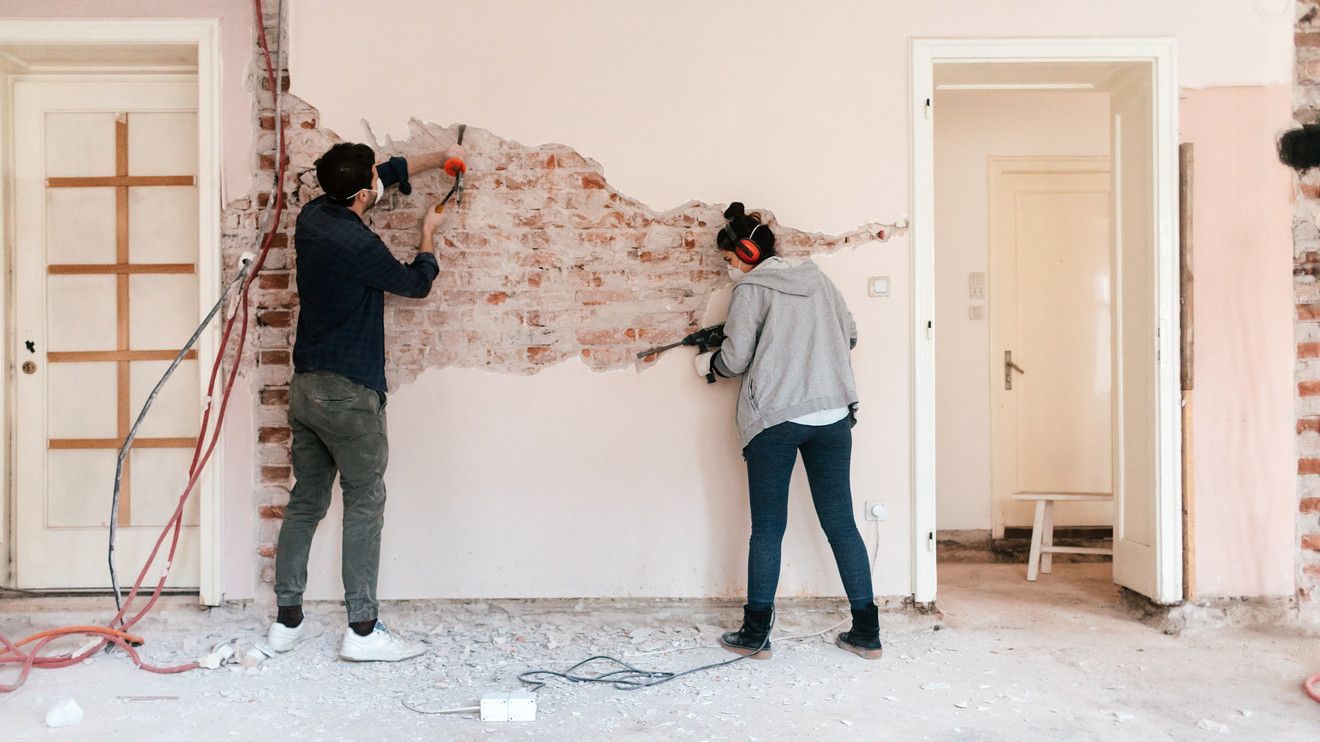

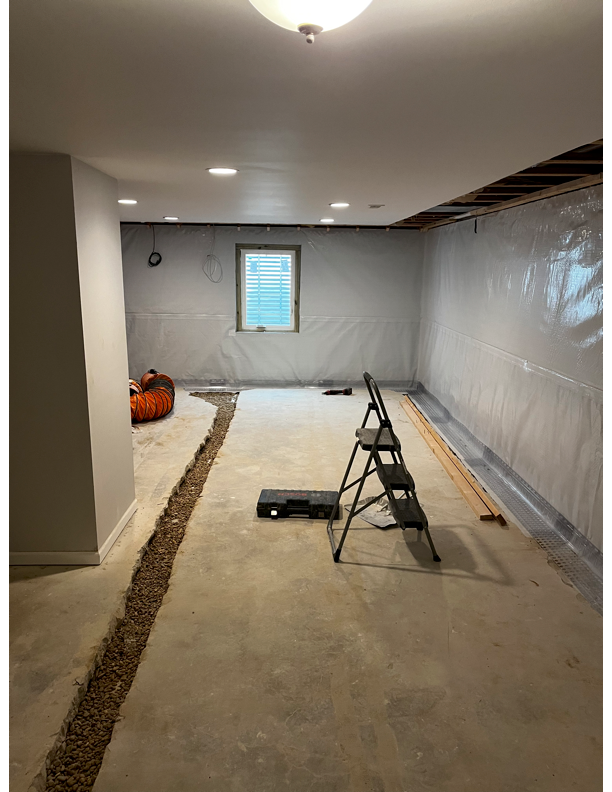
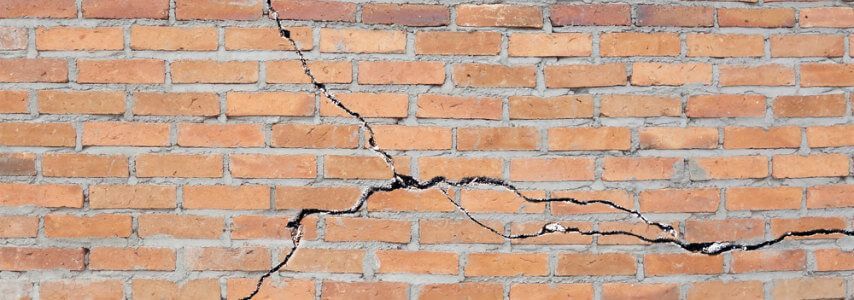



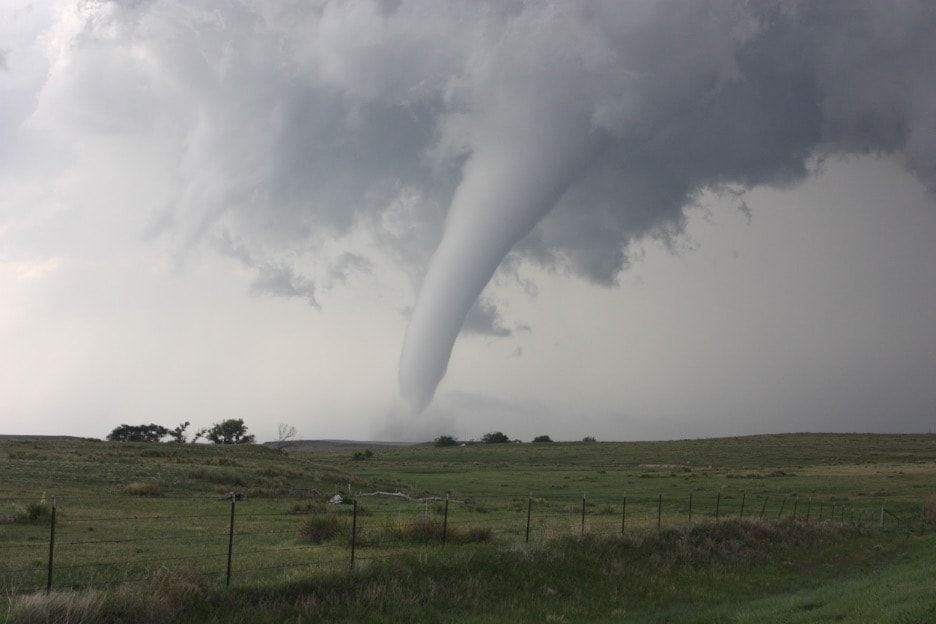

HAVE PEACE OF MIND WITH IWP FOUNDATION REPAIR
With over 30 years of combined experience in the business, you know that you can trust our team to get the job done right the first time. We value the customer experience, which is why we take the time to listen to your concerns, answer all your questions, and explain the best plan of action for your home. If you’ve noticed any foundation issues at all, no matter how minor they seem, you should call a professional. Our expert team is waiting for you, so call today for a free evaluation!
